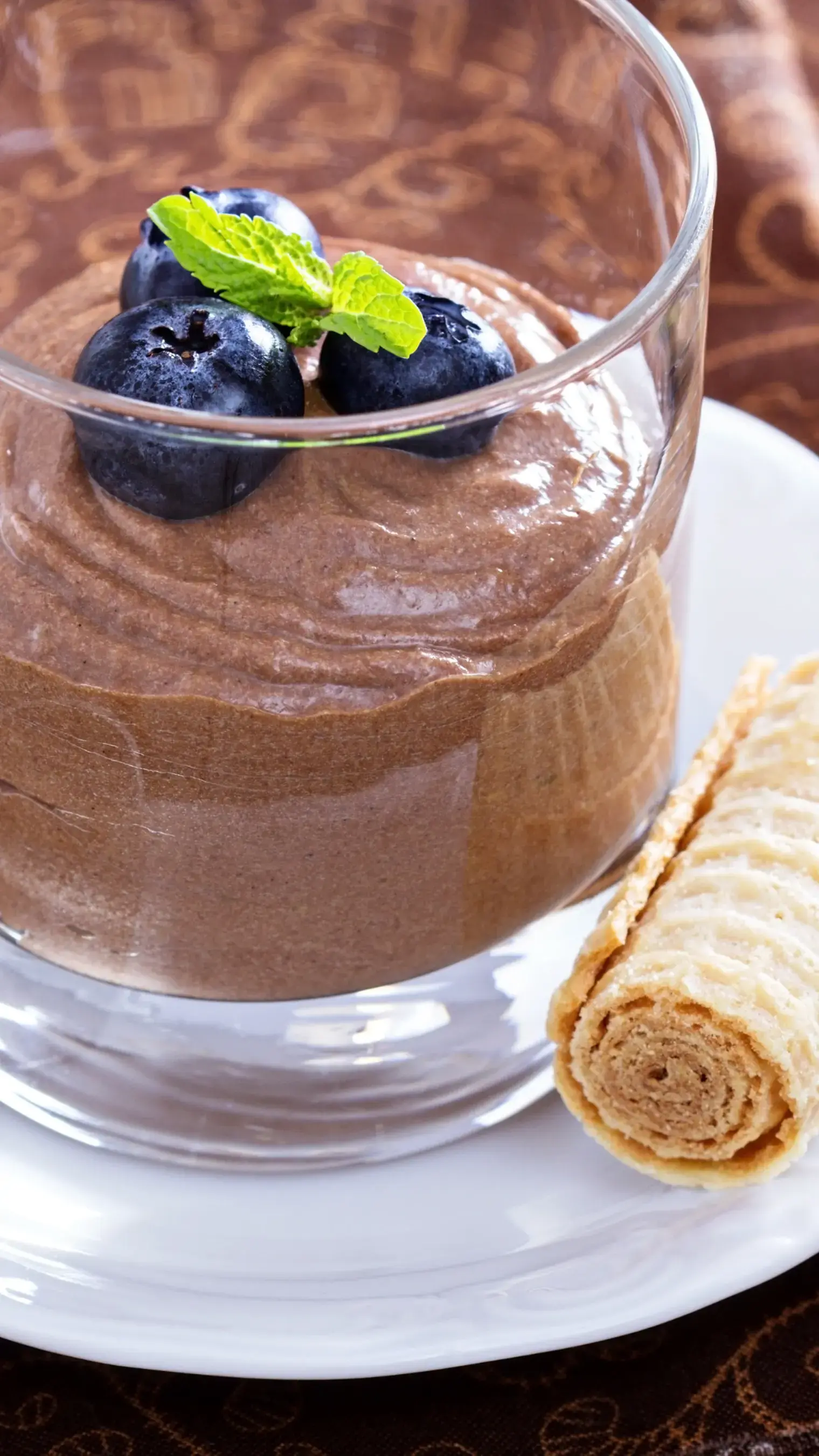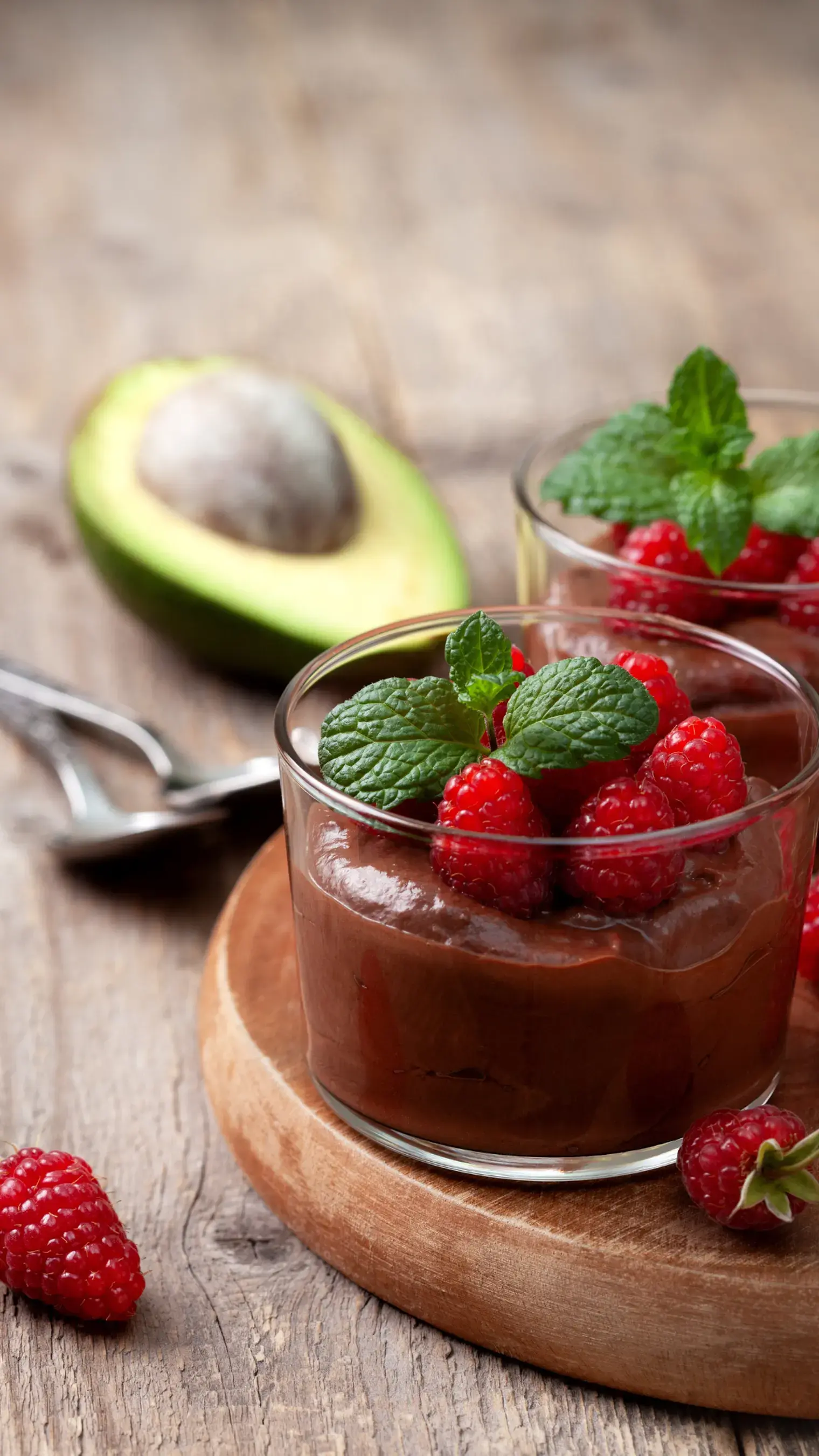Keep your biscuits crisp, not burnt—key fixes to avoid over-caramelization in every batch. Want to make? Learn to do it right.

Do your biscuits turn from golden to bitter within minutes? You mix, roll, bake, and then between minute ten and twelve, the color becomes too dark, the bottom hardens, and the edges have a sharp rather than sweet taste. It's no new issue—over-caramelization is a regular bug in most Indian home kitchens, particularly when preparing bakes that involve jaggery, brown sugar, or milk-based sweets. The difference between golden crisp and burnt sugar is hair thin.
This is even more important when you're developing a recipe such as Crispy Caramelized Biscuits with Choclairs Drizzle—a biscuit in which the sugar is not just a component, it's the entire show. The caramelised crunch at the edge is meant to be barely satisfying, not hard or dark. You're aiming for that delicate browning that is satisfying without passing into bitterness. But that is all a result of minute choices—heat management, pan preparation, dough preparation, and even how you cool.
To retain the crisp and not the scorch, and the shine and not the stickiness, let's go through the 7 guidelines that avoid over-caramelization but still get the biscuit to its optimal state.
1. Use Low-to-Medium Oven Temperature, Avoid High Heat
Home ovens available in India are slightly not very reliable when it comes to temperature accuracy. You put it at 180°C, but hot spots or bad calibration result in it usually being slightly 10–15 degrees higher. With a recipe like Crispy Caramelized Biscuits with Choclairs Drizzle, where sugar takes center stage, this is dangerous. Sugar caramelises too fast when exposed to high heat—before the biscuit is done baking from the inside out. The outcome is a biscuit that appears cooked but is burnt at the edges when it's eaten.
The solution? Place your oven at 150°C–160°C and, if you have one, use an internal oven thermometer. Preheat completely before adding the tray. We want slow browning—not fast melting. To bake low and slow is to let the dough dry out slowly, caramelise sugars slowly. It gives you that deep, golden color without that bitter bite.
2. Line Your Tray to Avoid Bottom Burn
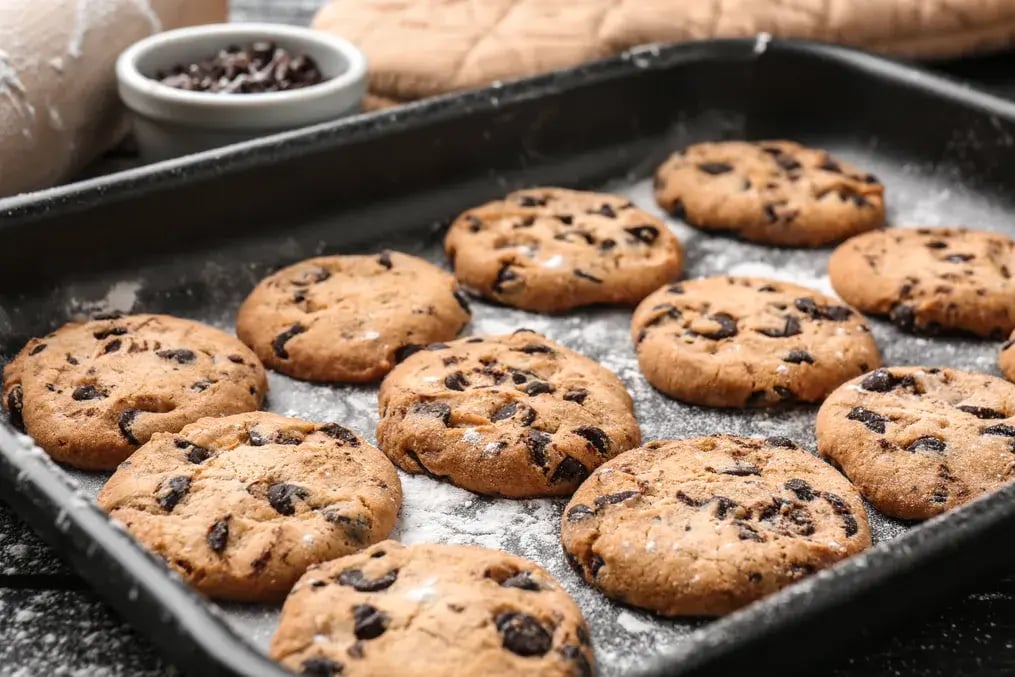
Direct contact with hot metal accelerates sugar caramelisation on the bottom of the biscuit. That is why if the tops are perfectly done, the bottoms are always overdone. Prevent this by lining your tray with parchment paper or a silicone baking mat. These serve as insulators, slowing down heat transfer and allowing your biscuits to cook evenly.
If you’re baking large batches or using aluminium trays, double-stack the trays. This reduces direct heat intensity and lowers the risk of bottom burn. A light brushing of neutral oil on the parchment also helps lift the biscuits cleanly once baked, especially when Choclairs drizzle is involved. It prevents stickiness without disrupting the crisp structure.
3. Choose the Right Sugar, and Use It Wisely
All sugars are not alike. White sugar caramelises fast and acutely. Brown sugar melts more slowly, providing a better-balanced browning. Jaggery, without moisture balance, burns quickly and introduces an acrid note. If your Crispy Caramelized Biscuits with Choclairs Drizzle are tending to have a darker finish, the sugar may be overdoing it.
Use light brown sugar or mix it with a little caster sugar to retard things. If you're using jaggery, keep it finely grated and evenly mixed into the dough. Large pieces melt irregularly and form burnt holes. And sift the sugar before mixing it up—it aerates it and lets you control the outcome better.
4. Chill Your Dough Before Baking
Warm dough speeds up caramelisation. That’s because the sugar is already half-melted by the time the tray enters the oven. Chilling your dough for at least 30–45 minutes firm up the fat and holds the sugar crystals in place. This slows melting and gives the biscuits a head start in holding their structure.
Using cold dough also stops spreading, keeping the drizzle from spreading out. You end up with neater shapes and consistent caramelisation. If you're baking in a hot kitchen, refrigerate the cut shapes once more for 10 minutes before baking. This helps control how the sugar performs in the initial minutes of oven time.
5. Don't Overwork the Dough
Over-kneading biscuit dough also activates gluten and pre-heat the sugar. It tightens the dough, makes it likely to spread irregularly, and is more susceptible to over-browning. The key is to mix only until combined. As soon as the wet and dry ingredients are mixed together, stop. Wrap and refrigerate.
Particularly with Crispy Caramelized Biscuits with Choclairs Drizzle, the less you touch, the better the resulting shape. Excessive handling increases the dough temperature, disrupts the sugar bonds, and causes uneven caramelization. A light touch here pays big dividends to maintain biscuit crispness without running over into burnt finish.
6. Rotate Your Tray Midway for Even Baking
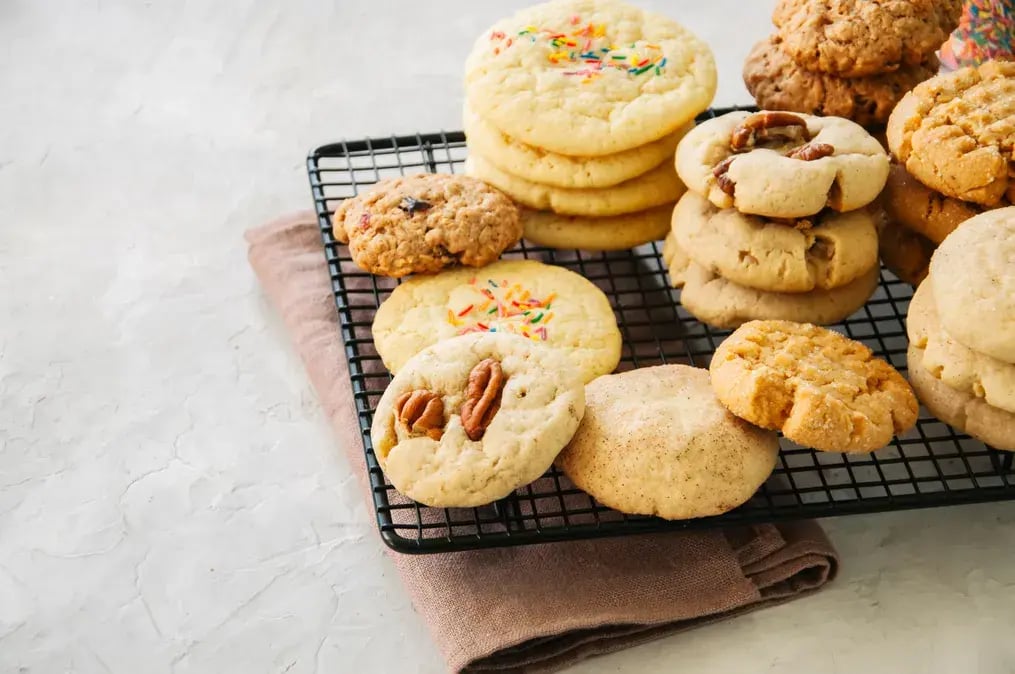
Regardless of how excellent your oven is, the back is always warmer than the front. Having your biscuits all in one place makes one half over-caramelise whilst the other remains pale. Halfway through baking, turn the tray over. This simple action balances heat exposure.
For Choclairs drizzle biscuits, it also helps to keep the shape in tact and you don't get weird over-melted edges on one side. Have an oven timer and don't keep the door open all the time. A single rotation halfway through baking is sufficient. If you are baking on several trays, switch them as well. It's the sort of detail that maintains your caramelization in check without additional gadgets.
7. Cool on a Wire Rack, Not the Tray
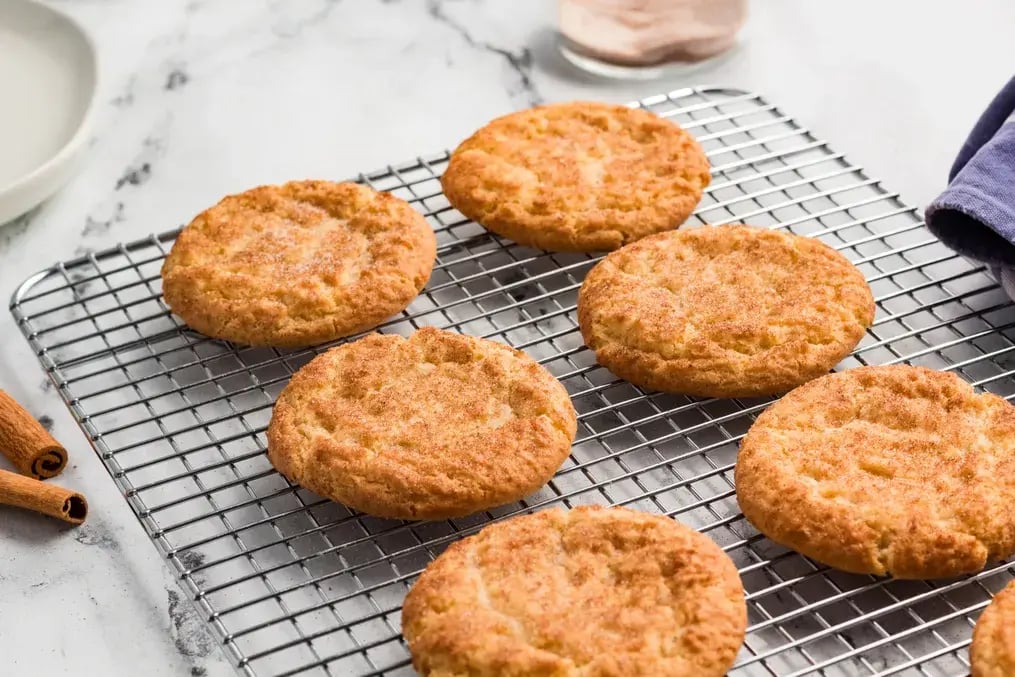
Baking stops the moment the biscuits have been removed. If you place them on a hot tray, lingering metal heat will continue to caramelize the bottom, taking it from crisp to burnt. Move the biscuits into a wire rack immediately.
For Crispy Caramelized Biscuits with Choclairs Drizzle, this is important. It lets air circulate beneath, keeping the crisp stable and preventing it from caramelizing any further. Let them cool completely before applying the drizzle—otherwise the heat melts too quickly and gets absorbed into the biscuit, messing with the texture.
Like This Article?
More Like This
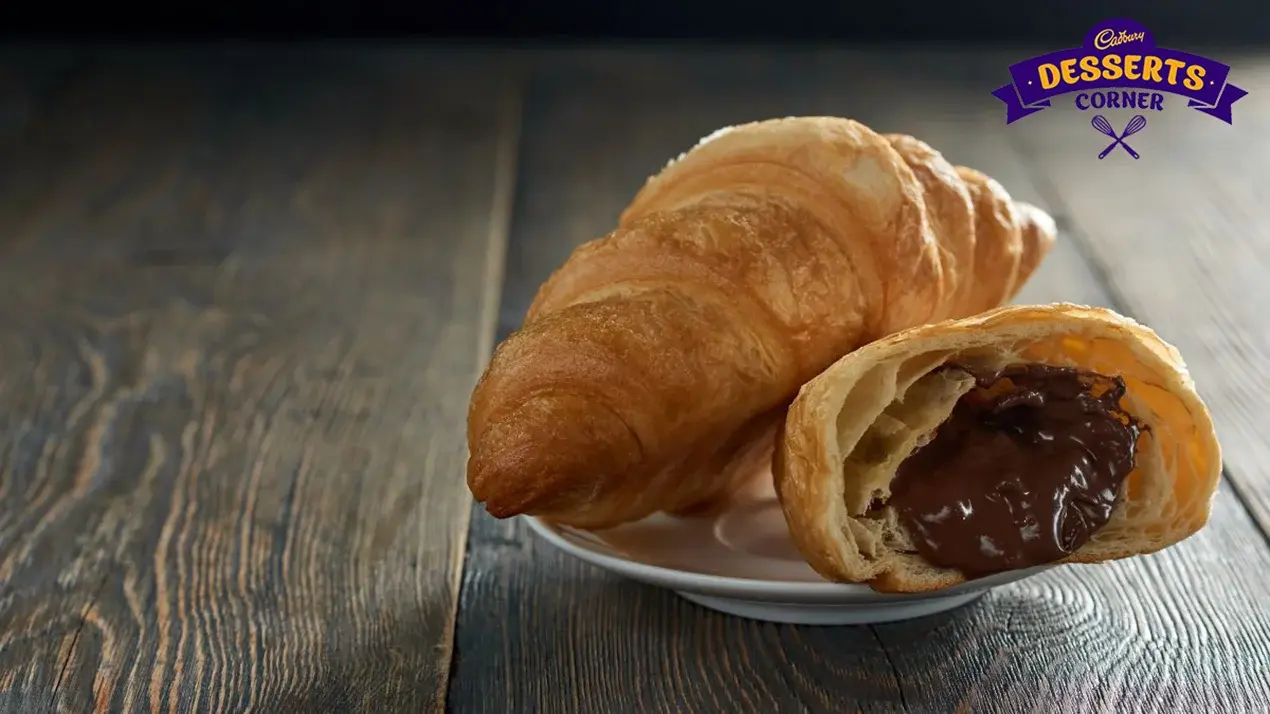
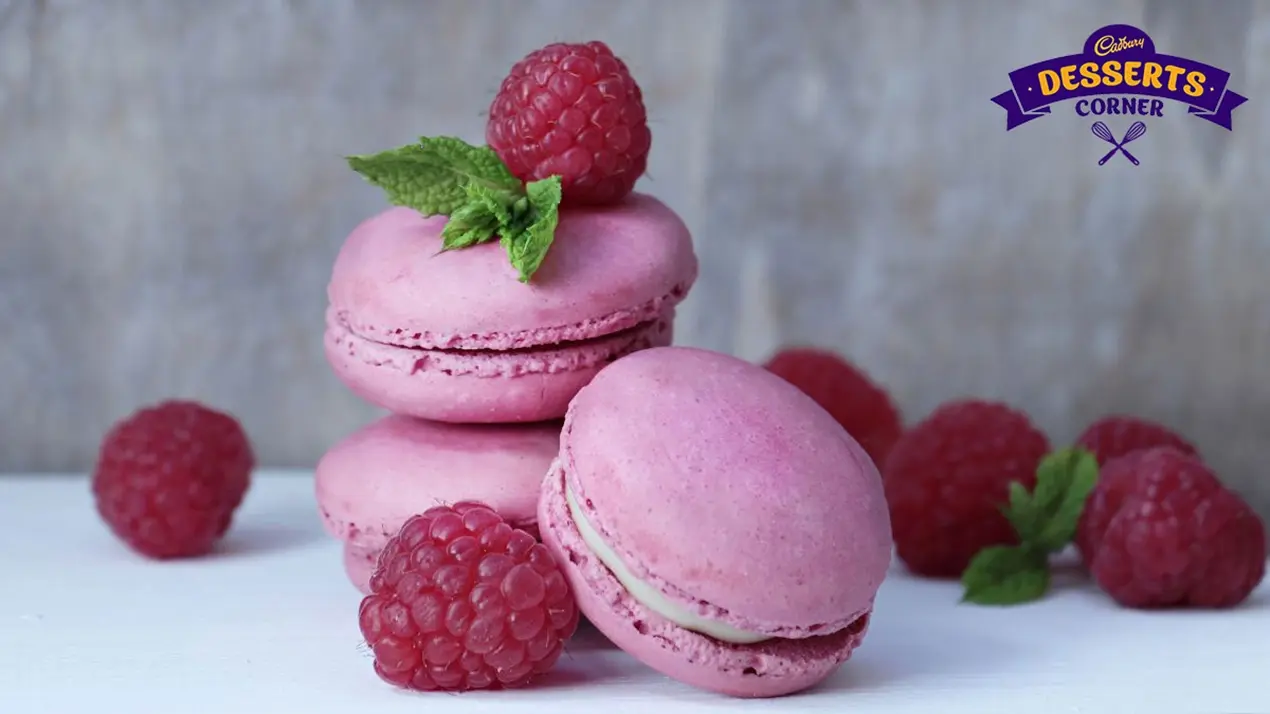

Popular Articles




Trending Web Stories
Curated Recipes



















